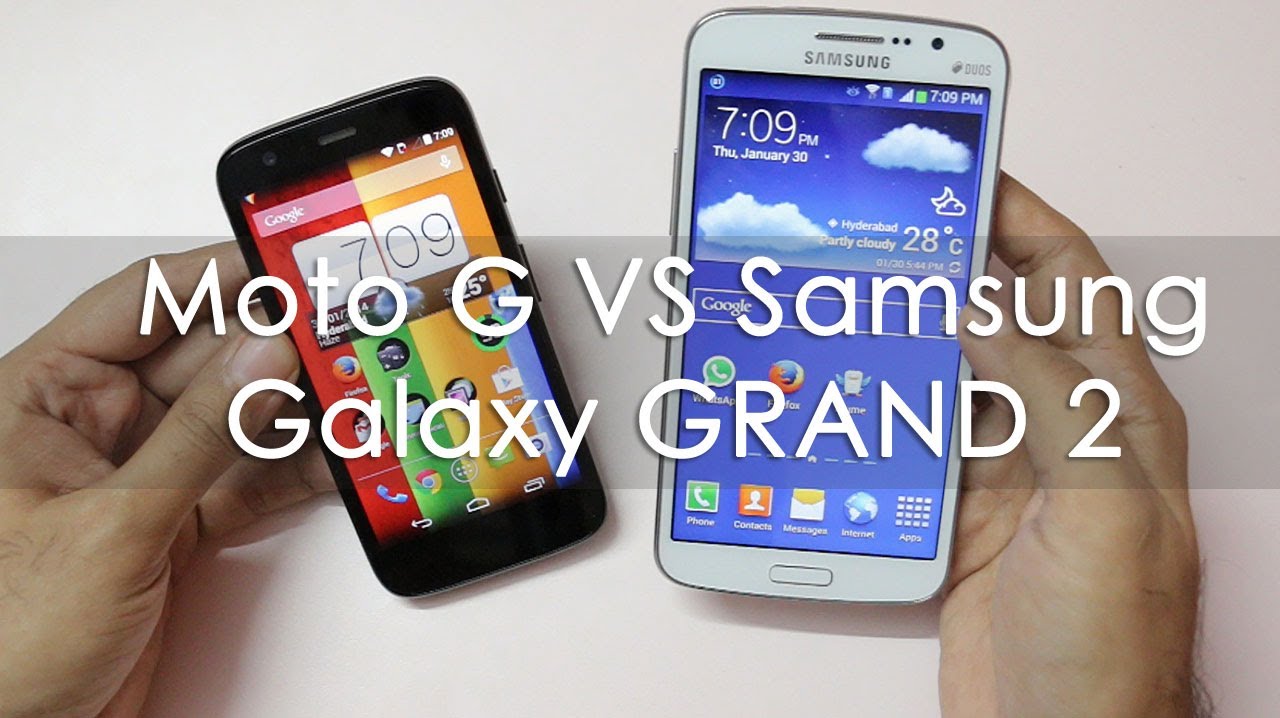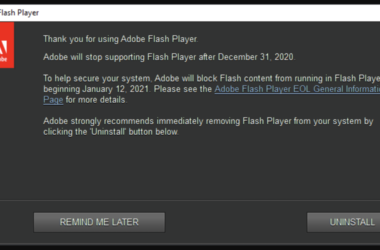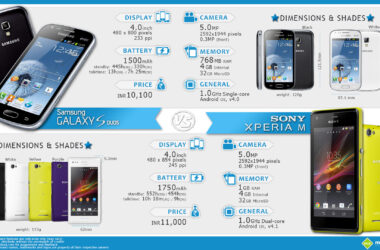It’s difficult to choose between the Moto G and the Galaxy Grand 2. If you’re looking for a lighter phone, with a higher pixel density and which runs on a newer Android version, then buy the Moto G. But if you want a larger display, expandable storage, higher RAM and a more advanced camera, then the Galaxy Grand 2 is the right phone for you.
Displays and sizes
The Moto G is equipped with a 4.5inches IPS LCD display that supports a resolution of 1280x720pixels and a pixel density of 326ppi. The Galaxy Grand 2’s 5.25inches display supports the same screen resolution, but it has a lower pixel density – 280ppi.
The dimensions of the Moto G are: 129.9×65.9×11.6mm and it weighs 143grams. The Galaxy Grand 2 is 20grams lighter, although it’s a bigger phone, measuring 146.8×75.3×8.9mm.
Hardware and OS
Both of these phones are powered by a (1.2GHz) Snapdragon 400 quad-core processor and have Adreno 305 graphics. Coincidence or not? Another common feature is that both of them come with 8GB of internal storage, but only the Galaxy Grand 2 supports MicroSD cards for expansion up to 64GB.
The Moto G is running on the Android 4.4.2 KitKat operating system with 1GB of RAM, while Samsung’s handset is running on the Android 4.3 Jelly Bean OS with 1.5GB of RAM.
Cameras
The Moto G has a 5MP rear camera (720p video capture, autofocus and LED flash) and a 1.3MP front camera. The Galaxy Grand 2 has an 8MP rear camera (autofocus, LED flash and 1080p video capture) and a front camera of 1.9MP.
Batteries
The Moto G’s battery is non-removable and has a lower capacity – 2070mAh. The Galaxy Grand 2’s battery is removable, and it has a capacity of 2600mAh.
Prices
The Moto G costs 200 dollars on amazon.com. The Galaxy Grand 2 costs 313 dollars on the same website.
Related ItemsMoto G vs Samsung Galaxy Grand 2 Dual SIMs







